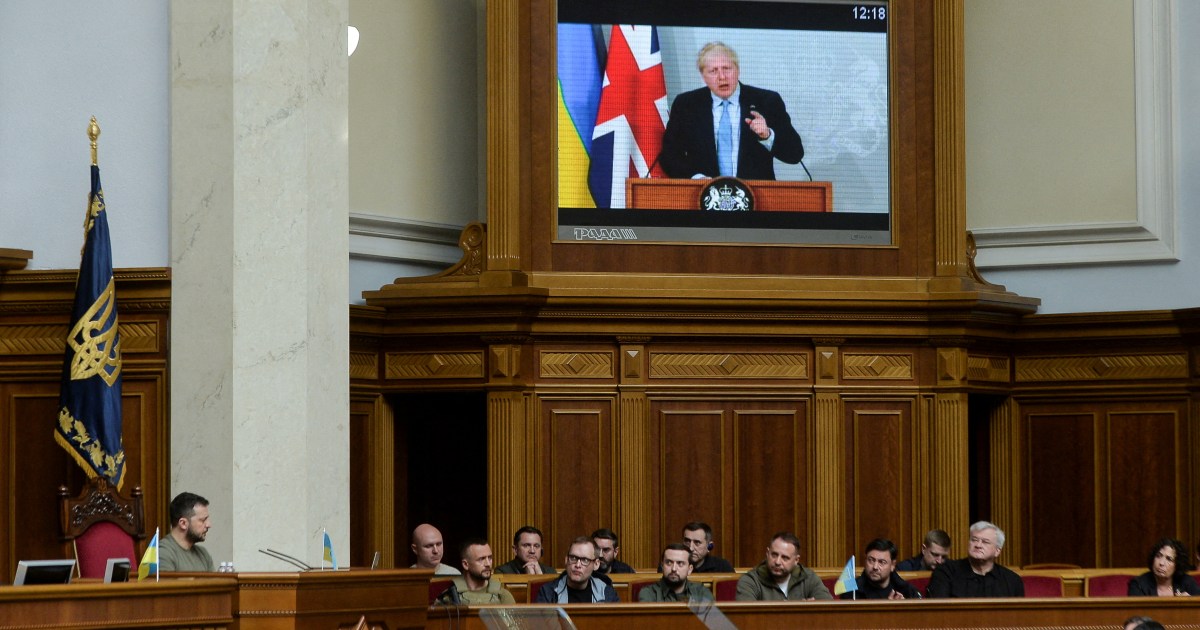Oil prices dropped 30% in a week. What gives?
What’s happening: The unusually sharp pullback has been driven by hopes that Saudi Arabia and the United Arab Emirates could boost oil production, and that demand from China could drop due to new coronavirus restrictions in major cities. This would ease the squeeze on the market.
Yet analysts warn that we’re not out of the woods yet. Oil is still trading significantly above what it costs to produce it, and extreme swings are likely to persist at a moment of huge uncertainty.
“I wouldn’t rule out $200 a barrel just yet,” Bjørnar Tonhaugen, head of oil markets at Rystad Energy, told me. “It’s too soon.”
Following the invasion, oil prices skyrocketed as traders began to see Russian crude exports as untouchable. This sparked concerns about how that supply of between 4 and 5 million barrels per day could be replaced, especially as demand for fuel ramps up over the summer.
Plus, China’s commitment to halting the spread of Covid-19, which has led to a lockdown in the tech hub of Shenzhen and new rules in Shanghai, could mean the country needs less energy in the short-term. China imports about 11 million barrels of oil per day.
“People remembered we are still in a pandemic,” Tonhaugen said.
Why it matters: The drop in oil prices has helped prevent gasoline prices from moving higher in the United States. They’ve stopped climbing for now, though a gallon of gasoline still costs almost $4.32 on average.
While $100 per barrel of oil is still extremely expensive, if prices stay in that range, it could ease some fears about an acceleration of inflation. Policymakers would likely breathe a small sigh of relief.
But it’s clear that investors remain unsettled as they process the effects of Russia’s invasion. Russian oil is still being priced at a huge $26 discount to Brent.
And analysts believe the direction of travel has been set. Giovanni Staunovo, an analyst at UBS, expects oil to trade at $125 per barrel by the end of June. For his part, Tonhaugen of Rystad Energy thinks prices could still smash records as the conflict plays out.
“This is the quiet before the storm,” he said.
The sell-off in Chinese stocks is getting deeper
Investors have been racing to dump stocks in Chinese companies as worries grow about the consequences of a crackdown from regulators and a spike in Omicron cases. Whether Beijing could provide support to Russia, and be punished by the West for doing so, is adding to the fear.
“There may be growing caution over the potential for secondary sanctions on China,” TD Securities strategist Mitul Kotecha told clients.
The Shanghai Composite dropped almost 5% on Tuesday. Hong Kong’s Hang Seng fell nearly 6%. The index has plunged more than 10% over the past two trading sessions.
“The momentum of China’s economic recovery has improved in January and February, laying a solid foundation for a good start in the first quarter of this year,” said a spokesperson for the National Bureau of Statistics.
But as China fights its worst Covid-19 outbreak in two years, investors see little reason for optimism.
“With officials ditching targeted containment measures in favor of wholesale lockdowns, this has the potential to be even more disruptive than the Delta wave last summer, which led to a sharp contraction in economic output,” Julian Evans-Pritchard of Capital Economics wrote Tuesday.
It’s not the only reason investors are nervous. The tech giant Tencent could reportedly face a record fine for breaching Chinese anti-money launching rules, sending its stock into free-fall. Other big tech names like Alibaba have been battered after the Securities and Exchange Commission pressed ahead with a crackdown on foreign companies that don’t meet US disclosure requirements.
Could a Russian default arrive tomorrow?
The latest: Half of the country’s foreign reserves — roughly $315 billion — have been frozen by Western sanctions imposed after the invasion of Ukraine. As a result, Moscow will repay creditors from “countries that are unfriendly” in rubles until the sanctions are lifted, according to Russia’s finance minister.
Credit ratings agencies would likely consider Russia to be in default if Moscow misses payments or repays debt issued in dollars or euros with other currencies such as the ruble or China’s yuan, my CNN Business colleague Charles Riley reports.
This moment could arrive as soon as Wednesday, when Moscow needs to hand over $117 million in interest payments on dollar-denominated government bonds, according to JPMorgan Chase. Although Russia has issued bonds that can be repaid in multiple currencies since 2018, these payments must be made in US dollars.
Why it matters: A default could drive the few remaining foreign investors out of Russia and further isolate the country’s crumbling economy.
Other potential consequences are hard to gauge. The 2008 global financial crisis, which was triggered by the collapse of Lehman Brothers, showed how negative shocks can quickly spread throughout the financial system and global economy.
Up next
The US Producer Price Index, a key measure of inflation, posts at 8:30 a.m. ET.
Coming tomorrow: The Federal Reserve is expected to begin raising interest rates for the first time since the pandemic arrived in 2020.



